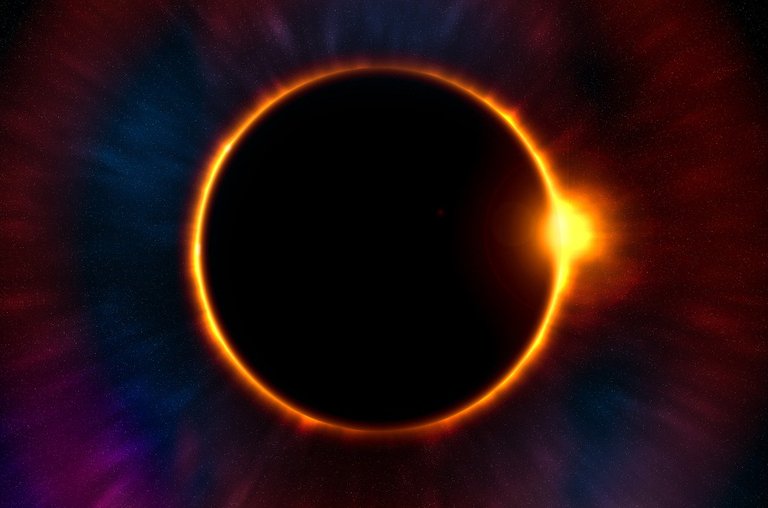The Experiment XENON1T‘s Surprising Results
The experiment that searches for dark matter has a suspicious surplus of detected events found in the background. It may just be some technical error or maybe the first clue to new physics.

- Be also sure to check out my other posts and follow me @kralizec and subscribe to my Youtube channel at Kralizec Gaming Youtube Channel
Gran Sasso is a limestone massive in Italy. And deep under the mountain, you can find the INFL Laboratori Nazionali del Gran Sasso where the XENON1T experiment – currently the most sensitive device searching for dark matter – does it work.
The scientists recently announced that they found something very interesting. As you might guess – it is not the ever sought after dark matter. That would be different and all scientists around the world would celebrate. After XENON1T observed the decay of radioactive xenon-124 last year it comes with new and completely unexpected results that could lead to a breakthrough towards new physics.
It all about the fact that XENON1T observed a surprisingly high amount of detection events. The detector itself is a tank with 3.2 tons of ultra-pure liquid xenon. When some particles pass through the xenon it causes a flash and electrons to be radiated. And the majority of these interactions come from already known particles and the experiment is trying to find interactions coming from new and unknown particles. But the scientists need to have a very good idea of how many the “background and normal” interactions happen so they can distinguish them from possible interactions coming from dark matter.
XENON1T was built to detect WIMPs (Weakly Interacting Massive Particles) – hypothetical particles that are among the candidates for dark matter. The problem is that the researchers calculated that there should’ve been 232 detection events in the period of time they worked with. But there were 53 more. That is almost a quarter more than expected.
These numbers may seem small. The problem is that nobody knows where from these surplus events are coming from. There are a few very simple explanations – like if a tiny amount of radioactive tritium got into the experiments. Just a few atoms would be enough. But that needs to be checked and nothing seems to indicate that this is the case.
New particles are also being considered as an option. It could be the first-ever detection of axions that would most likely be coming from the Sun. This is suggested by the energy spectrum of the surplus detection events. Solar axions would certainly not be the sought after dark matter particles but they could have a huge effect on all of physics. It would be the discovery of a whole new category of particles that were so far only theorized about.
Another option is that XENON1T detected a deviation from the Standard Model of particle physics. This would mean that the magnetic momentum of neutrinos is larger than we thought. And that too would open the doors for new physics.
The scientists think that from these three possible options the Solar axions are the most probable. Its statistical probability is around 3.5 sigma. That is nice but not good enough to open the champagne as the other two hypotheses have a statistical chance of around 3.2 sigma.
Currently, the XENON1T experiment is being upgraded to its next version called XENONnT. In the new version, there should be three times more xenon than in the previous version. Once the new version is online we should soon know whether it was just statistical noise, tritium contamination, or the door to new physics.
Sources:
- If you like the content I’m producing about science maybe you will like the content I produce about gaming as well! Be sure to check out my other posts!